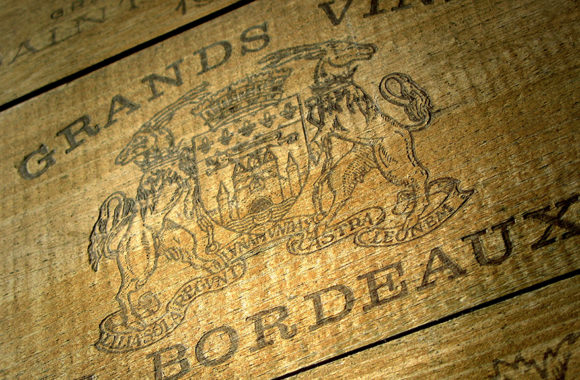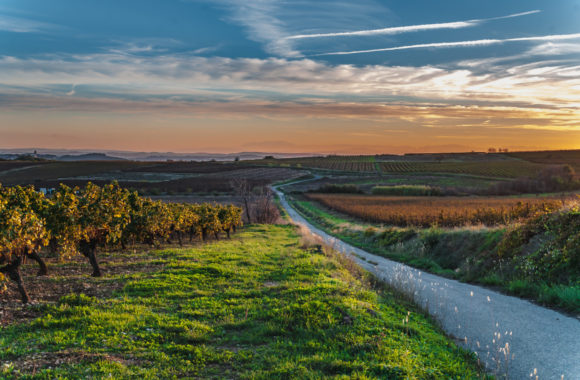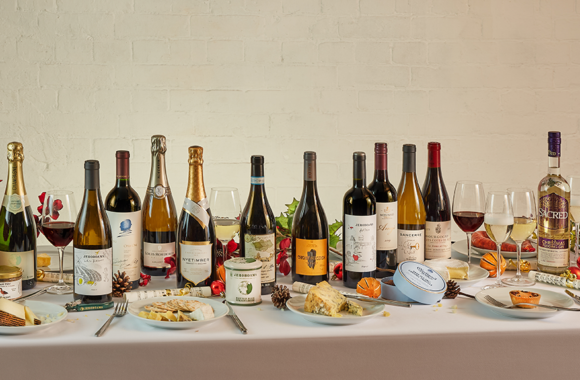
The Lesser-Known Grape Varieties Deserving of Our Attention
· Peter Mitchell MW Peter Mitchell MW on
For most of us, our first contact with wine is with one from a major region. For those of us in the wine trade, Bordeaux and Burgundy are the first point of call (particularly for those of a slightly older generation). While Claret is the moniker to which we grew accustomed, grape varieties are the key players that allow the regions to express their finest characteristics: Cabernet Sauvignon for the Left Bank (Saint-Julien, Saint-Estèphe, etc.) and Merlot for the Right Bank (Pomerol, Saint-Émilion). Such are these regions vital references points for winemakers around the world, the associated grape varieties have been exported around the world and propagated in countless regions. They represent some of the most cultivated varieties for the production of wine in existence. For instance, there are nearly 291,000 hectares of Cabernet Sauvignon planted across the world. However, behind this veil of popularity is a swathe of peculiar, idiosyncratic and fundamentally local varieties that provide the variety and texture of our drinking experience, and require seeking out.
Recent research from Adelaide University has found that just 20 varieties (of the 1274 commercial plantings) account for nearly 55% of the world’s vineyard area. Frighteningly, this lack of diversity is rapidly increasing; up from 48% just 10 years ago. This is hardly surprising given how supermarkets and multiple retailers are now selling wine as a standard grocery items rather than a specialist product. With a simpler range, the more profit they can make.
This lack of diversity means that independent merchants like Jeroboams are a valuable source of grape variety (notice the pun) not just for consumers, but as an outlet for producers whose cultivation of indigenous varieties stretches back centuries. In countries such as Italy, these local grape varieties are the core of their regional heritage and identity – inexorable from local customs and cuisine that make up the fabric of the country.
So, when you’re next in one a Jeroboams shops looking for something to drink and want to stray from the main protagonists, here are a few unusual varieties that we adore.
Rossese di Monforte – 5 hectares
A white grape variety found only from around the village of Monforte in Piedmonte. One to try is the 2015 Langhe Rossese Bianco by Cascina Amalia which has a delicate floral nose, with touches of vanilla and cream.
Nascetta – 21 hectares
Another white grape variety grown around Monforte. Northern Italy is home to a whole host of variety. Check out 2016 Langhe Nascetta from Diego Conterno: quite rich, with exotic fruit flavours and a lovely zip.
Sumoll – 200 hectares
An ancient variety, found principally in Catalonia. Recently resurrected in a big way by Mont Rubi. Try their 2016 Gaintus Radical to find the vibrant cherry flavours, and the 2009 Gaintus Vertical to see how this variety works beautifully with a touch of oak and a little age. These wines are the first mono-varietal Sumoll produced in the world.







